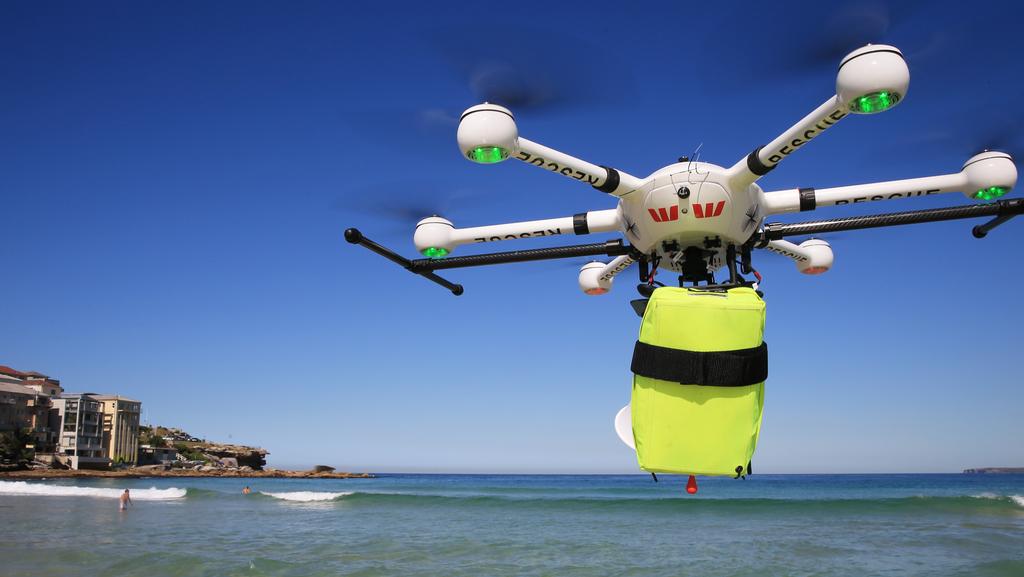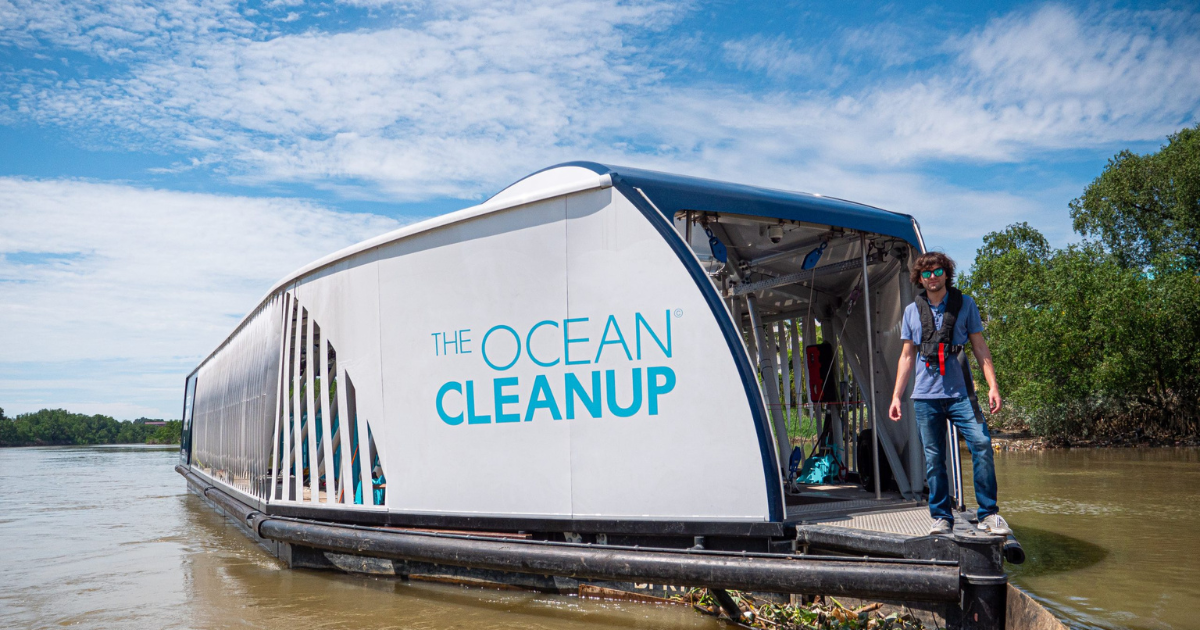Plastic pollution is a global issue that affects marine life and ecosystems. According to the United Nations, an estimated 8 million tons of plastic waste end up in our oceans each year, which is equivalent to dumping a garbage truck full of plastic into the ocean every minute. Plastic waste in our oceans harms marine life, contaminates seafood, and threatens the health of the oceans.
However, technology is playing a crucial role in tackling this problem. Innovators and environmentalists are using technology to find solutions to this crisis. Here are some ways technology is helping us get plastic out of the ocean:
Ocean Cleanup Technology
The Ocean Cleanup is a non-profit organization that uses advanced technology to remove plastic waste from the ocean. The organization has developed an innovative system called the “Interceptor” that collects plastic waste before it reaches the ocean. The Interceptor is a solar-powered barge that uses a conveyor belt to collect plastic waste from rivers before it reaches the ocean. The Interceptor can collect up to 100,000 kg of plastic waste per day.
The Ocean Cleanup has also developed a system called the “System 001” that uses a floating barrier to collect plastic waste from the ocean. The system uses the natural ocean currents to collect plastic waste, which is then removed and transported to a recycling facility.
Drones

Drones are also being used to remove plastic waste from the ocean. Drones equipped with cameras and sensors can identify and locate plastic waste in the ocean. Once the plastic waste is identified, the drones can direct boats or ships to collect the waste.
Several organizations are already using drones to clean up plastic waste from the ocean. For instance, the non-profit organization, The Ocean Cleanup, is using drones to track and remove plastic waste from the Great Pacific Garbage Patch, an area in the Pacific Ocean with high concentrations of plastic waste. The drones can identify and track plastic waste, which is then removed by the organization’s cleanup vessels. The use of drones in ocean clean-up efforts is an excellent example of how technology is helping to combat plastic pollution in our oceans.
Recycling Technologies
In addition to removing plastic waste from the ocean, technology is also helping to recycle plastic waste. Recycling technologies such as pyrolysis and depolymerization can turn plastic waste into usable products such as fuel, oil, and other materials.
These technologies allow us to transform plastic waste into new products, reducing the amount of plastic that ends up in the ocean. One example of recycling technology is the use of chemical recycling, which breaks down plastic waste into its molecular components. These components can then be used to produce new plastic products, reducing the need for virgin plastic materials. Another example is mechanical recycling, which involves shredding plastic waste and melting it down to create new plastic products. Recycling technologies also reduce the demand for new plastic products, which can help to slow the production of plastic and ultimately reduce plastic pollution in our oceans. Overall, recycling technologies are an essential tool in the fight against plastic pollution, and their development and implementation are crucial for creating a sustainable future.
Biodegradable Plastics
Technology is also being used to develop biodegradable plastics that break down in the environment. Biodegradable plastics are made from renewable resources such as corn starch and sugar cane, and they can decompose in the environment in a matter of months. Biodegradable plastics are a sustainable alternative to traditional plastics and can help to reduce plastic waste in the ocean.
Artificial Intelligence
Artificial intelligence is also being used to help identify and remove plastic waste from the ocean. Machine learning algorithms can analyze satellite images to identify areas of the ocean with high concentrations of plastic waste. This information can then be used to direct clean-up efforts to the areas where they are needed the most. AI is also being used to develop models that can predict the movement of plastic waste in the ocean, which can help to direct clean-up efforts more effectively. Overall, AI is helping to make ocean clean-up efforts more efficient and effective, and it is likely to continue playing a critical role in the fight against plastic pollution in our oceans.
Community Engagement
Technology is also being used to engage communities in the fight against plastic pollution. Social media platforms such as Facebook and Twitter are being used to raise awareness about the issue of plastic pollution and to encourage people to take action. Mobile apps are also being developed to help people reduce their plastic use and to find recycling facilities in their local area.
These apps can help individuals track their plastic consumption and identify areas where they can reduce their plastic use. Some apps also provide information about the environmental impact of different types of plastic and suggest alternative products that are more sustainable. Community engagement is an essential tool in the fight against plastic pollution in our oceans, and it is vital that individuals are empowered to make a positive impact. By working together, we can help to create a cleaner and healthier future for our oceans and our planet.
Conclusion
Technology is playing a vital role in tackling the problem of plastic pollution in our oceans. Innovations such as ocean cleanup technology, drones, recycling technologies, biodegradable plastics, artificial intelligence, and community engagement are helping to remove plastic waste from the ocean and reduce the amount of plastic waste that enters the ocean in the first place. It is essential that we continue to develop and use technology to find solutions to this global crisis and protect our oceans for future generations.

